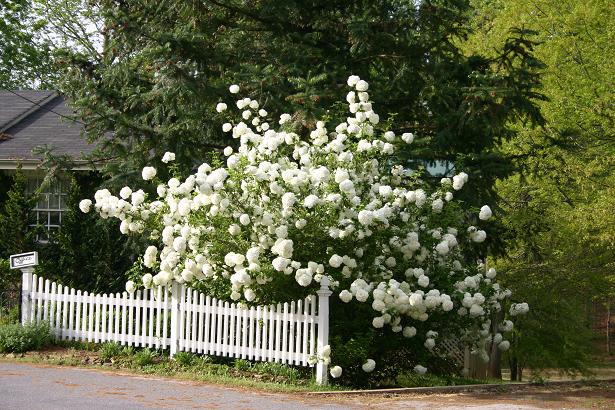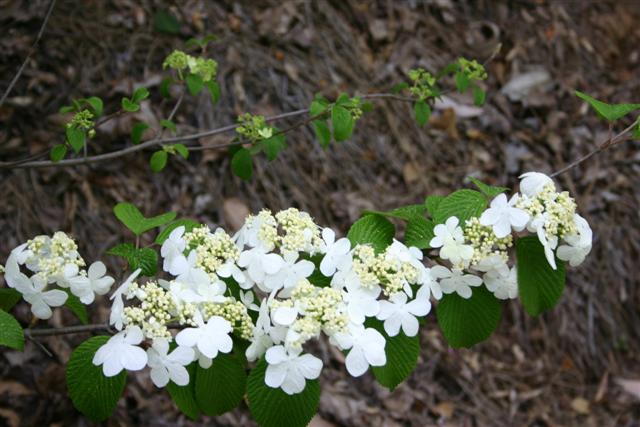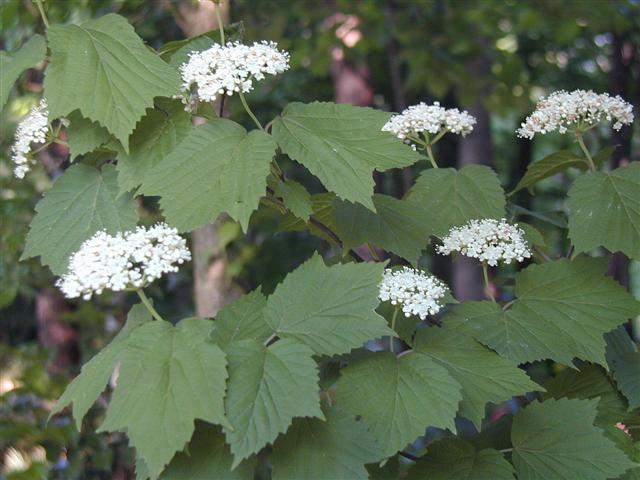
Or help "drought-scaping?"
Check out our Design Services.
We're also offering a 10% discount
for November & December Appointments
| Viburnums |
| Viburnum spp. |

|
Need design help? Or help "drought-scaping?" Check out our Design Services. We're also offering a 10% discount for November & December Appointments |
| Eastern Snowball Viburnum (V. opulus 'Sterile') |
 |
 |
| Doublefile Viburnum (V. plicatum var. tomentosum) | Maple-leaf Viburnum (V. acerifolium) |